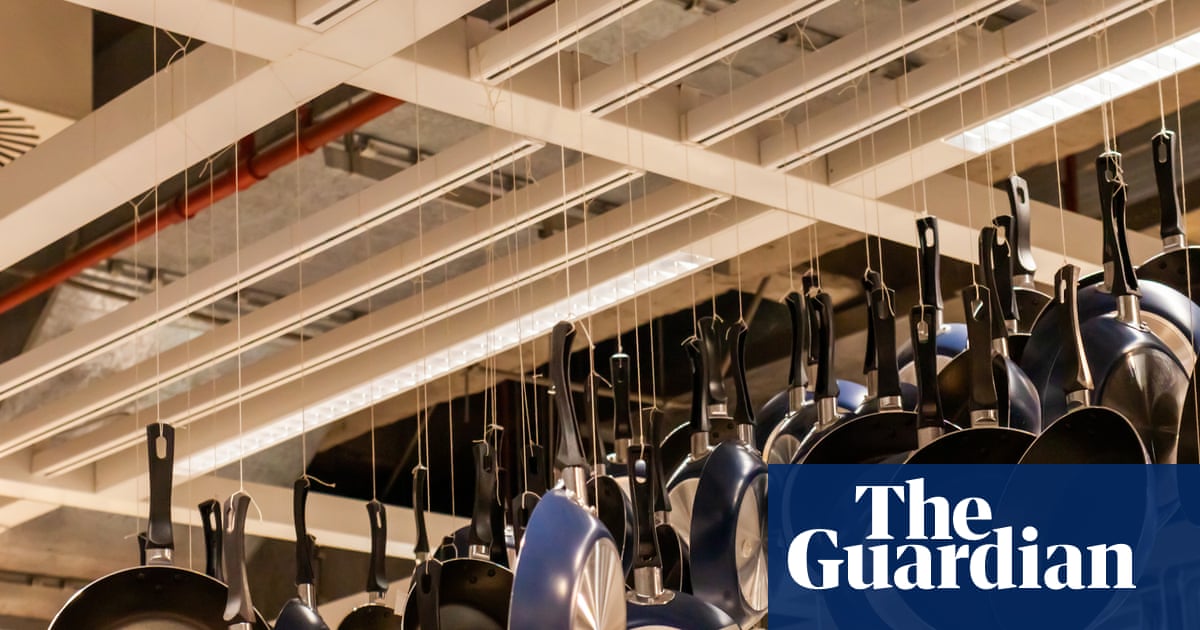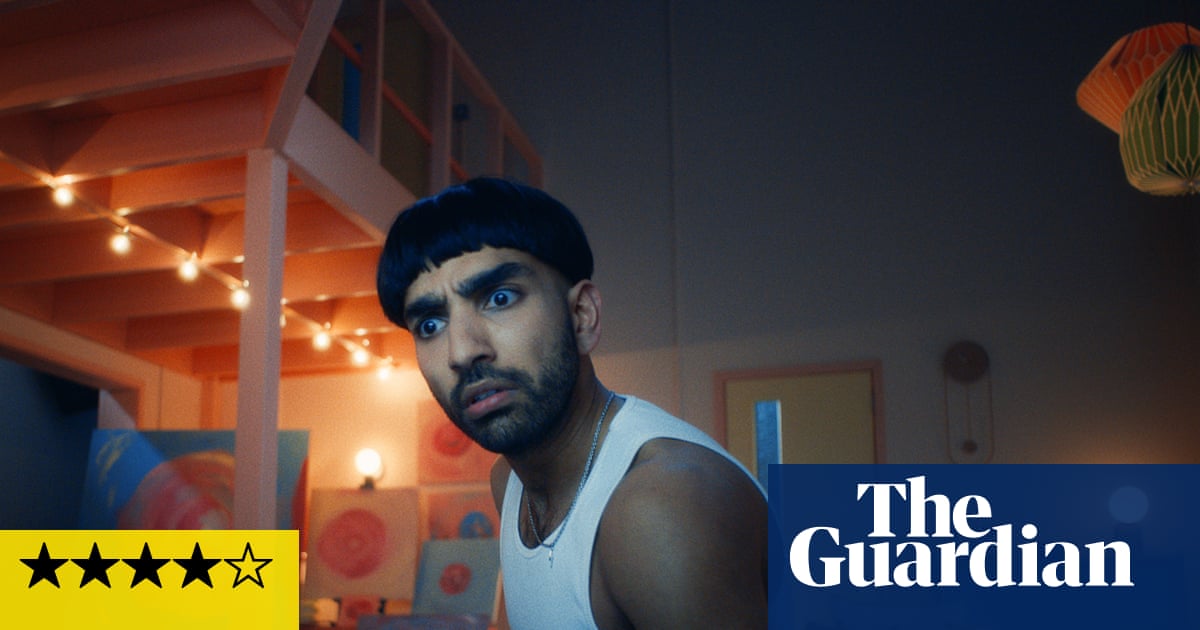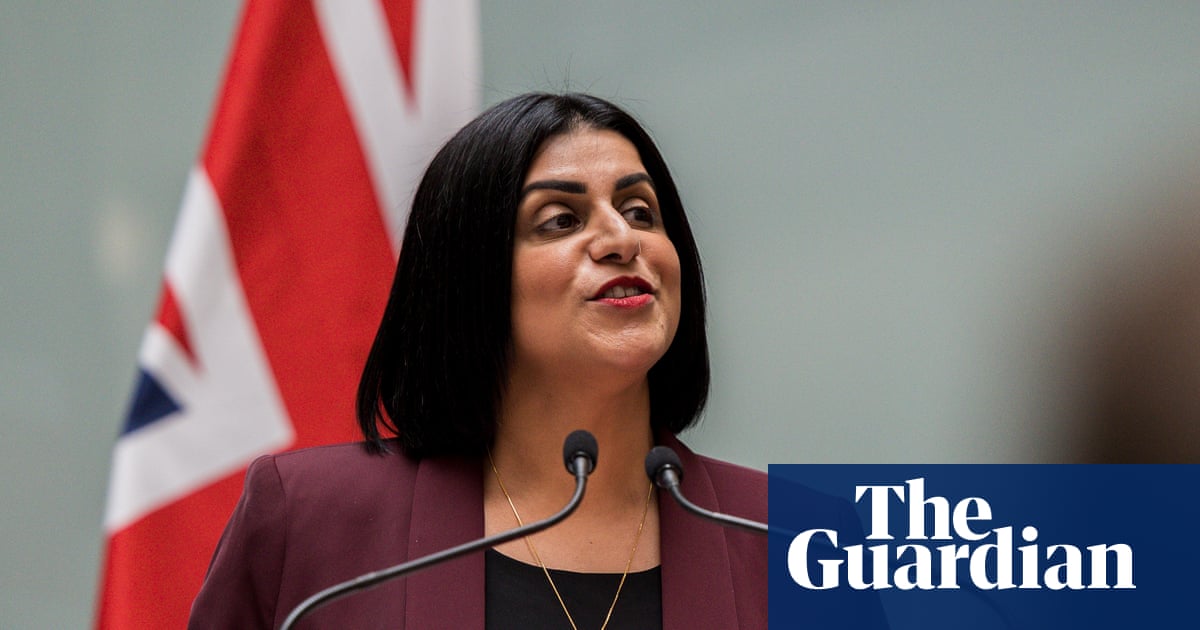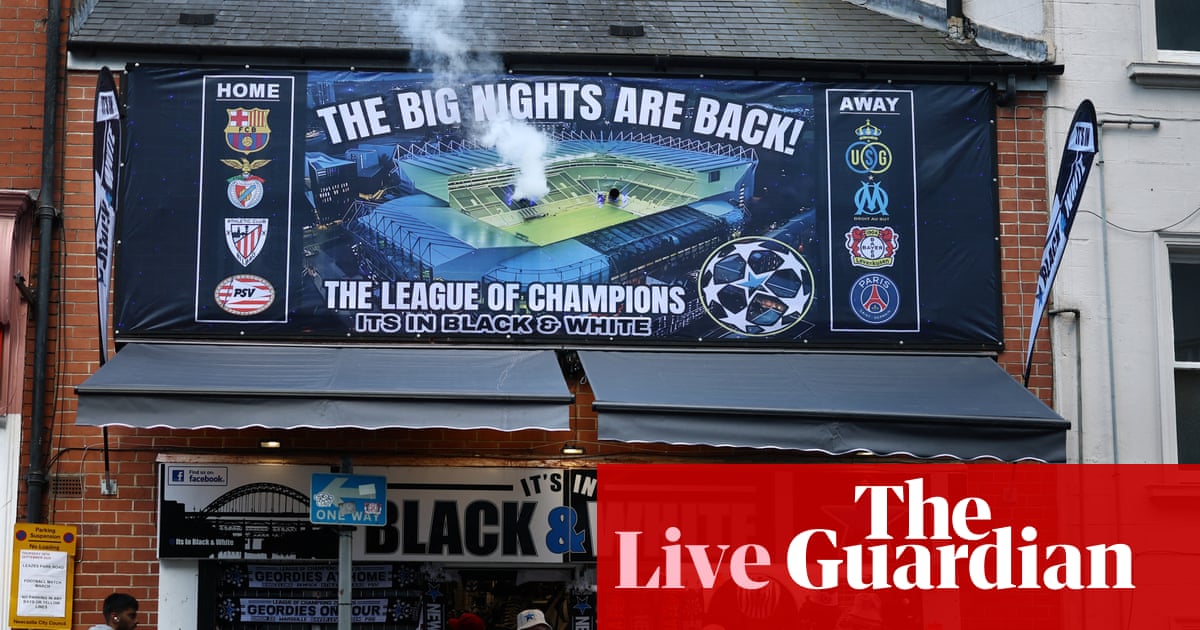Erik Piepenburg’s voice breaks when he speaks of the Napalese Lounge and Grille in Green Bay, Wisconsin. The restaurant known as “Naps” to locals is where a group of transgender people regularly come together to chat over beer-battered shrimp, deep-fried green beans and cheese curds. Many travel long distances to do so.
“An amazing woman called Martha oversees it,” says Piepenburg, 54. “She told me the stories of people who drive there but can’t get out of the car, and of one young trans woman whose mom stayed outside so her kid could enjoy themselves. It’s not political, everyone was having fun just being able to be themselves. Naps shows how important gay restaurants are – and they are not new. Walt Whitman enjoyed eating in his era’s version of a gay restaurant. We’ve been finding one another for a very long time.”
Piepenburg is speaking above the sizzle of bacon and soft rock at the Malibu Diner in New York’s Chelsea. Diners are his favorite places to eat and they play a starring role in his fascinating, funny and moving book, Dining Out: First Dates, Defiant Nights, and Last Call Disco Fries at America’s Gay Restaurants.
The book, which sprang from a 2021 New York Times article, travels coast to coast to tell the deep and intriguing history of the American gay restaurant. These establishments, which serve as cozy refuges for sexual minorities, seem all the more necessary amid Donald Trump’s assault on LGBTQ+ rights and a pride month distinguished by a mass exodus of sponsors.
First, Piepenburg makes clear that he uses “gay” as an inclusive term that encompasses all groups within the LGBTQ+ and queer umbrellas. And for him, what makes a restaurant gay comes down not to the sexual orientation of the proprietors – but whether the venue typically has a significant LGBTQ+ clientele. The stories that arise from the regulars and owners of these establishments are deliciously varied.
Writing of Annie’s Paramount Steak House in Washington DC and Casita del Campo in Silver Lake, Los Angeles, Piepenburg reveals the histories of family-run restaurants that have long been gay havens. Then at Bloodroot in Bridgeport, Connecticut, he discovers a longtime feminist restaurant and bookstore with radical, inclusive politics at its heart.
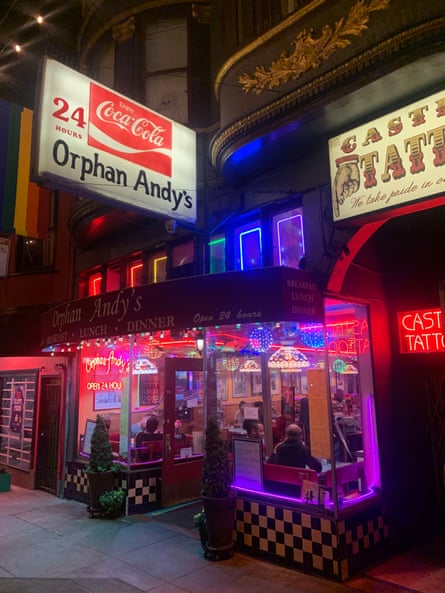
In his home city of Cleveland, Ohio, Piepenburg visits the gay sauna Flex, where comforting food – cheese ravioli, meatballs – is served to customers in their towels. “Flex is not a restaurant,” he says, “but it is serving a purpose. It’s bringing people together over meals.” Asked what the best dish is to serve to those whose main purpose of going to a bathhouse is to have sex, an assistant manager tells Piepenburg: “We love the chili. The staff hates the laundry.”

Piepenburg writes of the automat cafes of the early 20th century which became popular with gay men “cruising each other over a sandwich and cup of coffee”, and in New York, the very gay branch of Howard Johnson’s in Times Square. The Tiffany Diner in Greenwich Village was below a doctor’s office. Upstairs, gay men went to be treated for the giardia parasite, imbibing medication that took an hour to take effect; many then went downstairs to the Tiffany for a coffee while they waited.
Other New York City haunts that Piepenburg dishes on include the still-legendary coffee shop Big Cup that was the 90s real-life gay incarnation of Friends’ Central Perk, and of Florent, the much-loved Meatpacking district restaurant that was a magnet for the cool and queer long before the neighborhood’s stridently glitzy gentrification. After being diagnosed HIV positive in 1987, its charismatic owner Florent Morellet displayed his fluctuating T-cell count on the bottom of repurposed menu boards facing the dining room, and in 2004, the venue hosted the photographer Spencer Tunick for a cover shoot for Poz, a magazine about living with HIV and Aids, featuring a group of HIV-positive people in the nude.
“Gay restaurants are special because they are safe spaces for people who have nowhere else to go,” Piepenburg says. “An elderly gay person whose partner has died maybe can’t afford a $20 cocktail, but they can go to a gay restaurant, be greeted warmly and get a meal,” Piepenburg says, his voice breaking again. “That’s maybe their only interaction. It’s so moving to me.”
Restaurants can also be places of protest. Piepenburg tells the story of Deborah Johnson and Zandra Rolón Amato, a lesbian couple celebrating their six-month anniversary in 1983 who were told that booths at Papa Choux, an upscale LA restaurant, were reserved for straight couples only; a landmark court case followed.

In Atlanta, Piepenburg uncovers the story of “hustler brasserie” Gallus, a multilevel gay venue that contained a very cruisy bar, cabaret area and fancy restaurant. He writes of the welcoming restaurants and food initiatives that ensured people with Aids ate when they faced stigma and demonization.
“I thought they were dying, but they’re thriving,” Piepenburg says of the gay restaurant today. In Palm Springs, California, he ate chopped chicken liver on crostini at the restaurant Alice B – named after writer Alice B Toklas, life partner of Gertrude Stein – on the ground floor of Living Out, an LGBTQ+ retirement community, while the Water Lilies, a male synchronized swimming troupe, entertained in the pool outside. In New York, reliable mainstays such as Cafeteria, Elmo, and Arriba Arriba power on. The serving of burgers continues at the venerable Julius, and there is foodie innovation at Hags in the East Village.
One of the most piercing character portraits in Dining Out is of Peggy Hubbard, a waitress at Atlanta’s Silver Grill, who was “mama bear” protective of the venue’s gay clientele.
Elsewhere, Piepenburg captures the magic of Orphan Andy’s in San Francisco’s Castro and his devotion to the now-shuttered Melrose Diner in Chicago; a handsome early boyfriend he took there felt differently, “which was a warning sign”.
It augured better when Piepenburg and David, his partner of 17 years, went on their first date to the Skylight Diner west of New York’s Penn Station. “David wanted to go as much as I did. I knew he’d be a keeper.”
The future of the gay restaurant is a mystery, Piepenburg says. He ponders if, with greater social integration, it has had its day. Maybe in major metropolitan centers, he answers himself, but not in places where LGBTQ+ people have fewer spaces and a greater need to commune, especially in a politically hostile era. “Younger people told me they wanted ‘third spaces’ to meet each other – not bars, not work. Perhaps gay restaurants are one of those third spaces.”
Whatever else, he hopes, there will always be the sizzle and soft rock of the neighborhood diner.
-
Dining Out: First Dates, Defiant Nights, and Last Call Disco Fries at America’s Gay Restaurants is published by Grand Central

 3 months ago
98
3 months ago
98
